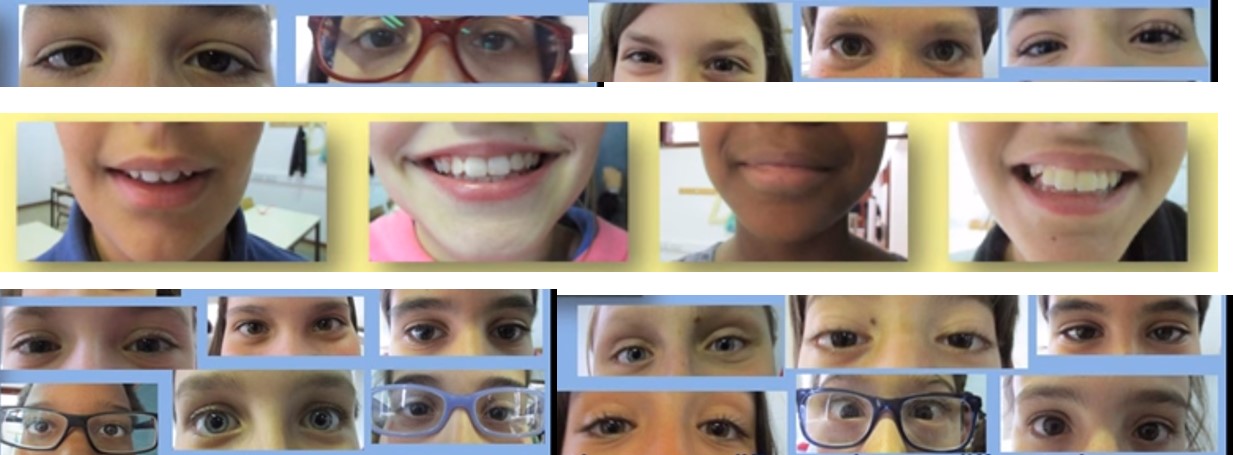
Our project Plan
Description
The project will focus on the topic “Happiness” by developing skills related to SEL - Social and emotional learning: according to the CASEL - Collaborative for Social Emotional and Academic Learning - social emotional learning is defined as: “the process through which children and adults acquire and effectively apply the knowledge, attitudes and skills necessary to understand and manage emotions, set and achieve positive goals, feel and show empathy for others, establish and maintain positive relationships, and make responsible decisions.” (http://www.casel.org/). This project will give children/ teens the opportunity to learn more about what makes people happy and encourage them to find ways to be happy (how they are aware of it, its factors and how they can achieve it). The project intends to empower children/ teens with self-awareness; self-management; social awareness; decision making and relationship skills, so that they feel happy, achieve successful goals and become better citizens.
Aims
The main objective of the project is to make children and teens aware of the factors which contribute for a happier, responsible and sustainable lifestyle, making them also aware of the importance of emotional learning in their lives: identifying positive and proactive attitudes which allow them to face difficulties and solve problems; giving them the opportunity to share experiences with their peers from other European regions, so that they all can improve their emotional intelligence skills and become happy and responsible citizens. The project will enable students to develop a variety of skills including: self-awareness (The ability to focus on one’s own feelings and thoughts and understand how those feelings and thoughts affect behaviour); self-management (The ability to control one’s own emotions, actions and thoughts); social awareness (the ability to be kind to other people and help them); decision making ( the ability to make healthy and responsible choices); relationship skills (The ability to communicate with peers, make friends, deal with peer pressure and manage disagreements).
Work process
Our Path to happiness will be structured in 6 main parts:
- Breaking the ice, introducing the teams (October);
- What makes us happy - questionnaires; students' teams presenting the activities that make them happy; creating a common glossary of happiness (…); (October, November)
- Taking responsibility for a happier life (healthy lifestyle, enjoying art and culture, exercising …); padlets, presentations; celebrating World Kindness Day november,13th)…; - November, December
- Don't compare- how to be kind to ourselves, how to be kind to other people, feel gratitude, positive thinking - creating a “Gallery of Happiness”; creating “paths”/games (…) - January, February
- Follow the FLOW (focus on the activities that we love most: cooking, poetry, storytelling, painting, travelling …) - celebrating International Day of Happiness - March,20th … (March)
- Trust people (volunteering, charities, pets, etc.) - summary of our path(s) to be healthy and happy; “our happiness final challenge” - April, May
Expected results
Public twinspace; Our happiness Glossary; Our Happiness Gallery; Our Happiness Journal/book or magazine, EPH website or blog; EPH Facebook page; Celebrating World Kindness Day (November, 13); Celebrating International Happiness Day (March,20); Our Happiness Final Challenge (..)